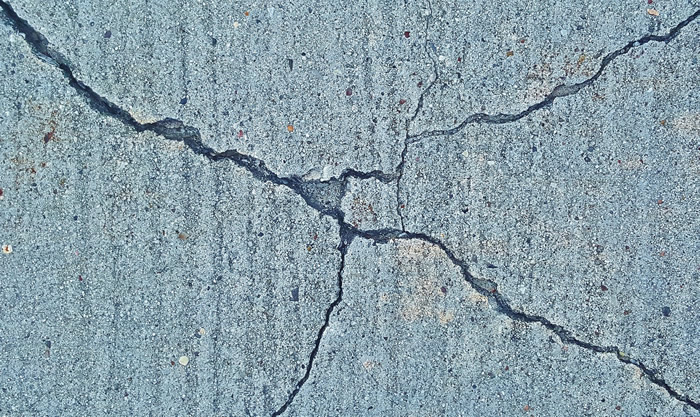Ground-breaking research into earthquake energy
A feasible way to harness the power of earthquakes during a disaster in order to keep vital systems powered is being explored by physics students from the University of Leicester. By using a magnet inside a coil during the shaking of tectonic plates that occurs during an earthquake, the students suggest that the magnetic field created by the shaking could generate a current which could potentially be harnessed.
The students presented their findings in a short article for the Journal of Physics Special Topics, a peer-reviewed student journal run by the University’s Department of Physics and Astronomy. The student-run journal is designed to give students practical experience of writing, editing, publishing and reviewing scientific papers.
“Whilst much more research would be needed to fully apply the idea, the purpose of the paper was to illustrate that there are methods of adapting to events that are usually considered destructive, such as an earthquake, to provide something constructive,” said Elliott Spender, a Research Assistant from the Department of Physics and Astronomy.
The student study initially examined how much energy could have been generated by the Kobe earthquake of 1995 in Japan, which measured 7.2 on the Richter scale.
They then applied their model to San Francisco, examining the Millennium Tower, the tallest residential building in the city. The tower has a surface area of 1,300m2 meaning that if the foundations of the building were built using generator blocks then approximately 770W would be generated in an earthquake of magnitude 7.2.
The students conclude that it may be possible to generate a useful amount of electricity during an earthquake that could be used to power emergency lighting or other vital systems.
Further investigation into more efficient methods of energy generation could potentially prevent damage to buildings by absorbing the energy transferred from the earthquake to the building.
More information: University of Leicester


Comments are closed, but trackbacks and pingbacks are open.